

Articles
How To Store Polyurethane Brush Between Coats
Modified: May 6, 2024
Learn how to properly store your polyurethane brush between coats with these helpful articles. Keep your brush clean and ready for the next application.
(Many of the links in this article redirect to a specific reviewed product. Your purchase of these products through affiliate links helps to generate commission for Storables.com, at no extra cost. Learn more)
Introduction
Welcome to our comprehensive guide on how to store a polyurethane brush between coats. If you’re undertaking a project that requires multiple coats of polyurethane, such as refinishing furniture or applying a protective finish to woodwork, it’s crucial to properly store your brush between each coat. Failure to do so can result in a brush that’s stiff, deformed, or unusable for subsequent coats.
Knowing the best practices for storing a polyurethane brush between coats will not only help you maintain the quality of your brush but also ensure a smooth and professional finish on your project. In this article, we’ll discuss the importance of storing a polyurethane brush between coats, provide a step-by-step guide, offer tips to maintain the brush’s quality during storage, and highlight common mistakes to avoid.
Investing time and effort into properly storing your polyurethane brush can save you frustration and money in the long run. So, let’s dive in and explore the world of brush storage!
Key Takeaways:
- Properly storing your polyurethane brush between coats is essential for maintaining its quality, prolonging its lifespan, and achieving a professional finish on your projects.
- By following best practices such as thorough cleaning, horizontal storage, and avoiding common mistakes, you can ensure your polyurethane brush remains in optimal condition and ready for use whenever you need it.
Importance of Storing Polyurethane Brush Between Coats
Storing your polyurethane brush between coats is essential for several reasons. First and foremost, it helps maintain the quality and integrity of the brush, ensuring optimal performance throughout your project. When left improperly stored, the polyurethane on the brush can dry, harden, and create a stiff bristle texture that is challenging to work with.
Storing your brush correctly also prevents the buildup of dried polyurethane on the bristles, which can result in a rough, uneven application in subsequent coats. By giving your brush proper care and attention between coats, you can achieve a consistent finish and avoid any unwanted blemishes or imperfections.
Furthermore, storing a polyurethane brush between coats helps prolong its lifespan. Polyurethane brushes are an investment, and taking the time to properly maintain them ensures that they can be used for multiple projects in the future. By preventing the brush from becoming stiff or deformed, you can extend its usability and maximize its value.
Lastly, storing your polyurethane brush between coats promotes efficiency and saves you time. When you properly store your brush, it is ready to use without any additional cleaning or preparation. This allows you to jump right into the next coat, streamlining your project and eliminating unnecessary delays.
Overall, the importance of storing your polyurethane brush between coats cannot be overstated. It enables you to maintain the brush’s quality, achieve a professional finish, prolong its lifespan, and enhance overall project efficiency. Let’s now explore the best practices for storing your brush between coats.
Best Practices for Storing Polyurethane Brush Between Coats
Properly storing your polyurethane brush between coats is crucial for maintaining its quality and ensuring optimal performance. Here are some best practices to follow:
- Clean the brush thoroughly: Before storing the brush, make sure to clean it properly. Use an appropriate solvent or mineral spirits to remove any excess polyurethane from the bristles. Rinse the brush with warm water and mild soap, ensuring that all traces of polyurethane are removed. Allow the brush to dry completely before proceeding to the next step.
- Protect the brush bristles: To prevent the bristles from becoming deformed or damaged, it is important to protect them during storage. One effective method is to use a brush cover or wrap the bristles in plastic wrap. This barrier will shield the bristles from dust, dirt, and other contaminants, keeping them in optimal condition for the next use.
- Store the brush horizontally: It is best to store the polyurethane brush horizontally, rather than upright. This helps prevent any residual polyurethane from accumulating at the base of the bristles, which can lead to hardening or deformity. Placing the brush on a flat surface or using a brush holder specifically designed for storage will help maintain its shape and integrity.
- Keep the brush in a cool and dry environment: Polyurethane brushes should be stored in a cool and dry location. Exposure to heat or excessive moisture can result in the deterioration of the brush and negatively affect its performance. Find a clean and ventilated area away from direct sunlight, humidity, or extreme temperatures.
- Avoid storing the brush in solvents: While it may be tempting to immerse the brush in a solvent to keep the bristles soft, this practice is not recommended. Solvents can degrade the brush’s bristles over time, rendering it unusable. Instead, follow the cleaning procedure mentioned earlier and store the brush without immersion in any liquids.
- Label and organize: If you are working on multiple projects simultaneously or using different types of polyurethane, it is helpful to label your brushes and store them accordingly. This will prevent any cross-contamination and ensure that the right brush is used for each subsequent coat.
By following these best practices, you can ensure that your polyurethane brush remains in excellent condition between coats. Now let’s dive into a step-by-step guide on how to store your brush.
Step-by-Step Guide on Storing Polyurethane Brush Between Coats
Follow these simple steps to properly store your polyurethane brush between coats:
- Clean the brush: After applying the polyurethane, clean the brush thoroughly with an appropriate solvent or mineral spirits. Remove as much excess polyurethane as possible from the bristles.
- Rinse with warm, soapy water: Rinse the brush with warm water and mild soap to remove any remaining polyurethane. Gently scrub the bristles to ensure all traces of the product are removed.
- Dry the brush: Shake off excess water from the brush and pat it dry with a clean cloth. Allow the brush to air dry completely before proceeding.
- Protect the bristles: Once the brush is dry, protect the bristles by using a brush cover or wrapping them in plastic wrap. This will prevent dust, dirt, or other contaminants from settling on the bristles.
- Store the brush horizontally: Place the protected brush flat on a clean, dry surface or use a brush holder designed for storage. Storing the brush horizontally helps maintain the shape and integrity of the bristles.
- Select an appropriate storage location: Choose a cool and dry area to store your brush. Avoid places with excessive heat, humidity, or direct sunlight, as these can degrade the brush’s quality.
- Organize and label: If you have multiple brushes or different types of polyurethane, label your brushes and store them in an organized manner. This will help prevent cross-contamination and ensure the correct brush is used for each subsequent coat.
- Check the brush before each use: Before starting a new coat, inspect the brush to ensure it is clean, dry, and in good condition. Remove the protective cover or plastic wrap, and gently comb or fluff the bristles if necessary.
Following these steps will help keep your polyurethane brush in optimal condition between coats, ensuring a smooth application and a professional finish on your project. Now let’s explore some tips to help maintain the quality of your brush during storage.
After applying polyurethane, wrap the brush in a plastic bag or aluminum foil to keep it from drying out between coats. This will prevent the brush from hardening and make it easier to use for the next coat.
Tips for Maintaining the Quality of Polyurethane Brush During Storage
To ensure the longevity and performance of your polyurethane brush during storage, consider the following tips:
- Keep the brush in a brush keeper: Investing in a brush keeper or brush holder specifically designed for storage can help protect the bristles and maintain their shape. These keepers usually have a tight seal that prevents air, dust, and debris from reaching the bristles.
- Store brushes separately: Avoid storing different types of brushes or brushes with different types of finishes together in the same container. Different finishes may have different chemical properties that can potentially interact and degrade the quality of the brushes.
- Rotate brushes: If you’re working with multiple brushes, consider rotating their usage between coats. This allows each brush to have sufficient time to dry thoroughly before its next use, preventing the buildup of dried polyurethane on the bristles.
- Inspect the brush: Before using a stored brush for the next coat, inspect it to ensure there are no signs of damage, deformity, or dried polyurethane residue. If any issues are detected, address them before applying the brush to avoid compromising the finish.
- Avoid excessive pressure: Be gentle with your brush during storage. Putting excessive pressure on the bristles, bending them, or squeezing them tightly can result in deformities that may affect the brush’s performance during application.
- Keep brush away from extreme temperatures: Extreme heat or cold can have a negative impact on the brush’s bristles. Avoid storing the brush in areas subject to extreme temperature fluctuations, such as near a heater or in an unheated garage during winter.
- Regularly replace worn-out brushes: Over time, brushes may become worn out or lose their effectiveness. If you notice that a brush is no longer delivering the desired results despite proper care and storage, it may be time to replace it.
Implementing these tips will help ensure that your polyurethane brush maintains its quality and performance over time. By taking the necessary precautions during storage, your brush will be ready for use whenever you need it. However, there are also common mistakes you should avoid when storing a polyurethane brush between coats, which we’ll discuss next.
Common Mistakes to Avoid When Storing Polyurethane Brush Between Coats
To ensure the best results when storing your polyurethane brush between coats, steer clear of these common mistakes:
- Skipping the cleaning process: Neglecting to clean the brush properly before storage can lead to the buildup of dried polyurethane, resulting in a stiff and unusable brush.
- Storing the brush upright: Storing the brush upright can cause the polyurethane to settle at the base of the bristles, leading to deformation and stiffening of the bristles.
- Leaving the brush exposed: Failing to protect the brush bristles with a cover or plastic wrap can expose them to dust, dirt, and other contaminants, compromising their quality and performance.
- Storing the brush in a damp environment: Storing the brush in a humid or moist area can result in mold or mildew growth, leading to a compromised brush and potential damage to your project.
- Immersing the brush in solvents or water: Storing the brush immersed in solvents or water can cause damage to the bristles, resulting in the brush losing its shape and effectiveness.
- Mixing brushes with different finishes: Storing brushes used for different finishes together can lead to cross-contamination, affecting the quality and performance of each brush.
- Using excessive force: Applying excessive pressure or mishandling the brush during storage can bend or deform the bristles, affecting the brush’s ability to apply an even coat of polyurethane.
- Storing the brush near heat sources: Exposing the brush to extreme heat, such as near a heater or in direct sunlight, can cause the bristles to become brittle and degrade their performance.
- Ignoring signs of damage: Failing to inspect the brush before using it for the next coat can result in applying polyurethane with a damaged or deteriorated brush, compromising the quality of the finish.
By avoiding these common mistakes, you can ensure that your polyurethane brush remains in optimal condition and ready for use in your next coat application. Let’s wrap up all the information we’ve covered.
Conclusion
Properly storing your polyurethane brush between coats is crucial for maintaining its quality, prolonging its lifespan, and achieving a professional finish on your projects. By following the best practices outlined in this guide, you can ensure that your brush remains in optimal condition and ready for use whenever you need it.
Remember to clean the brush thoroughly after each use, protect the bristles during storage, store the brush horizontally in a cool and dry environment, and label and organize your brushes to avoid cross-contamination. Additionally, be mindful of common mistakes such as skipping the cleaning process, storing the brush upright, or exposing the brush to extreme temperatures.
By taking the time to store your polyurethane brush properly, you can save yourself the frustration of working with a stiff or damaged brush and achieve a smooth and professional finish on your projects. Proper storage not only ensures the brush’s performance but also maximizes its lifespan, allowing you to use it for future projects.
So, next time you’re working on a project that requires multiple coats of polyurethane, don’t overlook the importance of storing your brush between coats. By implementing the tips and techniques discussed in this article, you can maintain the quality of your brush and enjoy exceptional results on your woodworking, furniture refinishing, or other projects.
Take care of your polyurethane brush, and it will take care of your projects!
Now that you've mastered the art of storing polyurethane brushes between coats, why not enhance your painting prowess further? Dive into our next guide on refreshing your home's decor. Whether your ceiling fan looks dated or you're craving a change, our guide on how to paint a ceiling fan will walk you through the process, boosting not only its appearance but also its efficiency. Don't miss out on these invaluable painting tips that ensure every stroke is as effective as it is effortless!
Frequently Asked Questions about How To Store Polyurethane Brush Between Coats
Was this page helpful?
At Storables.com, we guarantee accurate and reliable information. Our content, validated by Expert Board Contributors, is crafted following stringent Editorial Policies. We're committed to providing you with well-researched, expert-backed insights for all your informational needs.
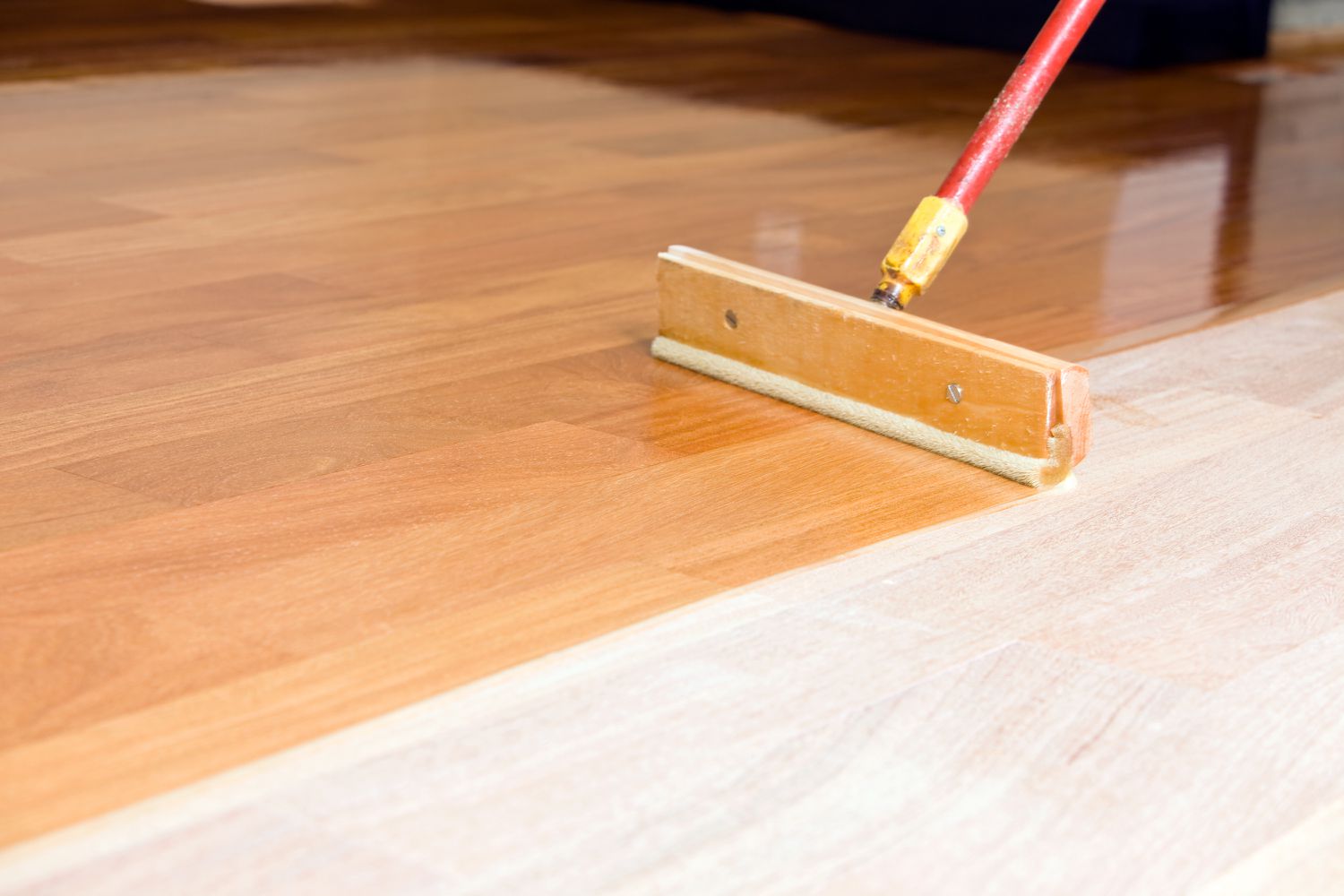
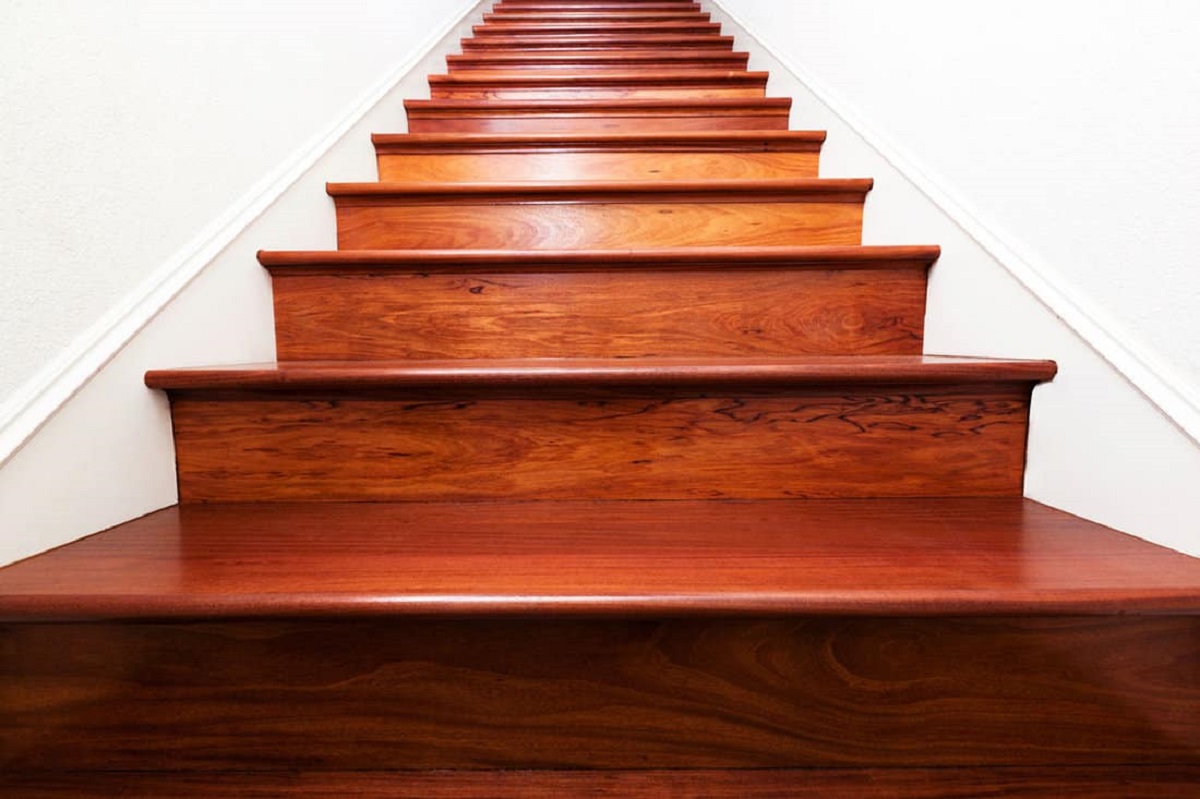
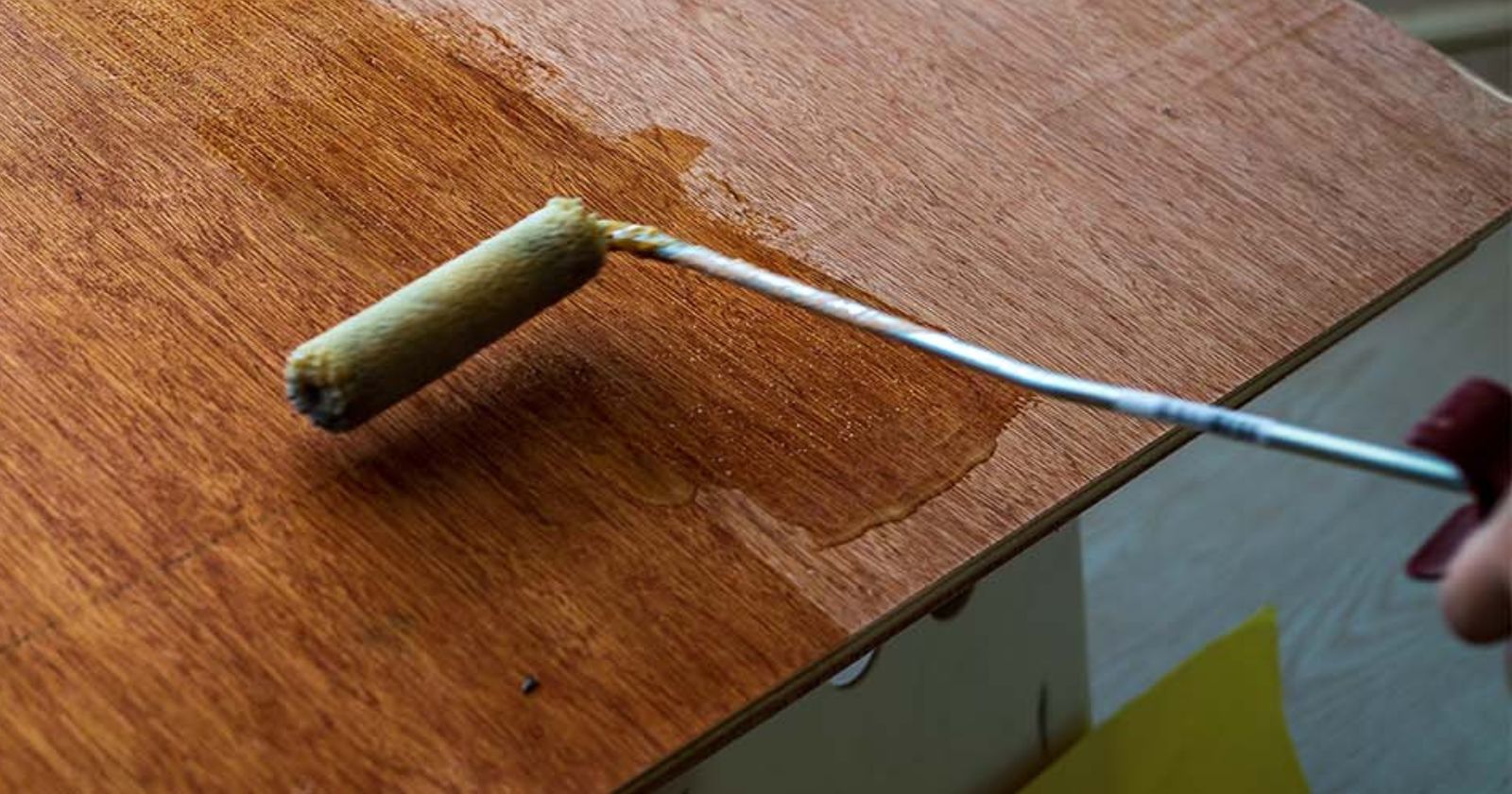
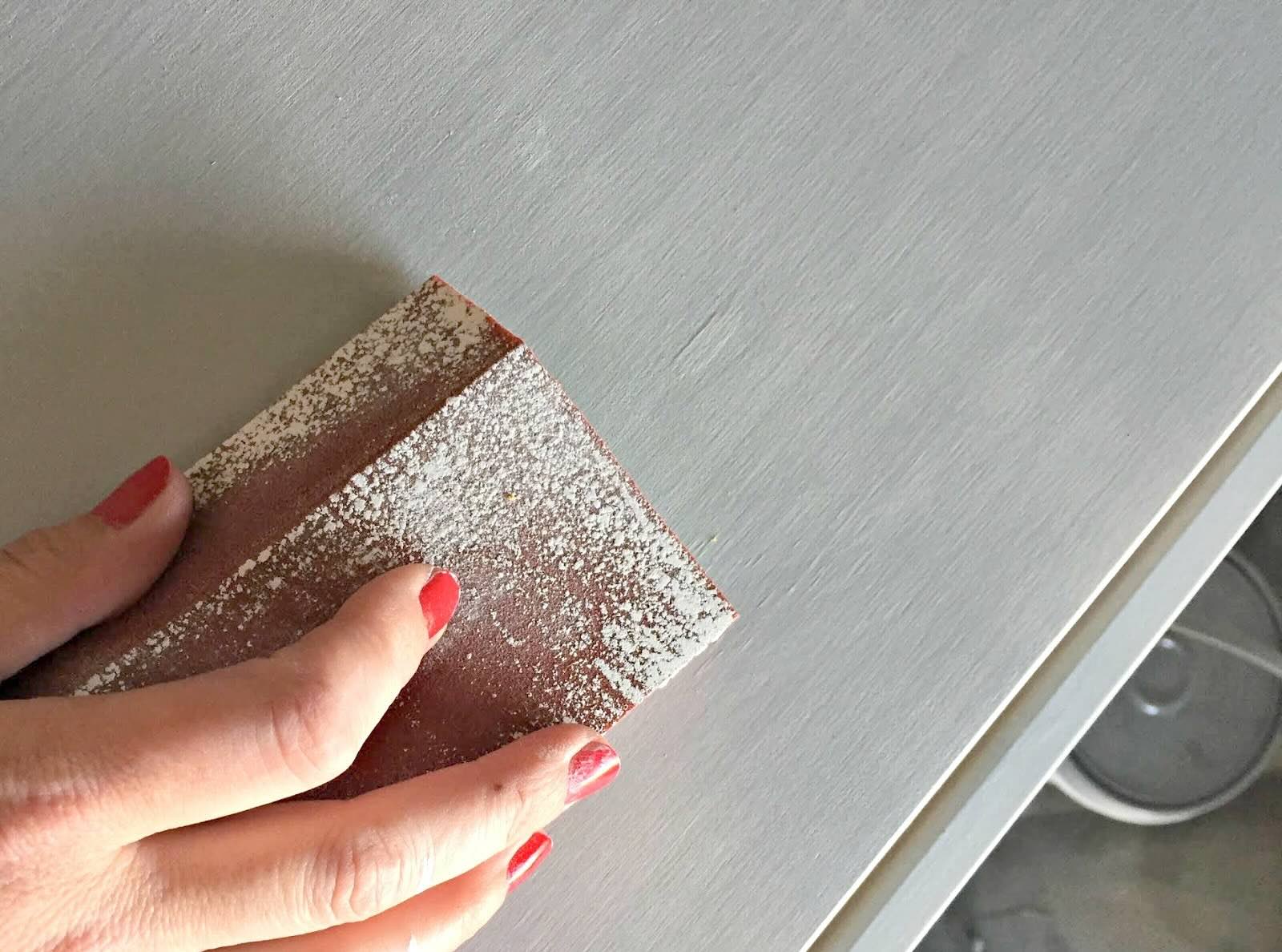

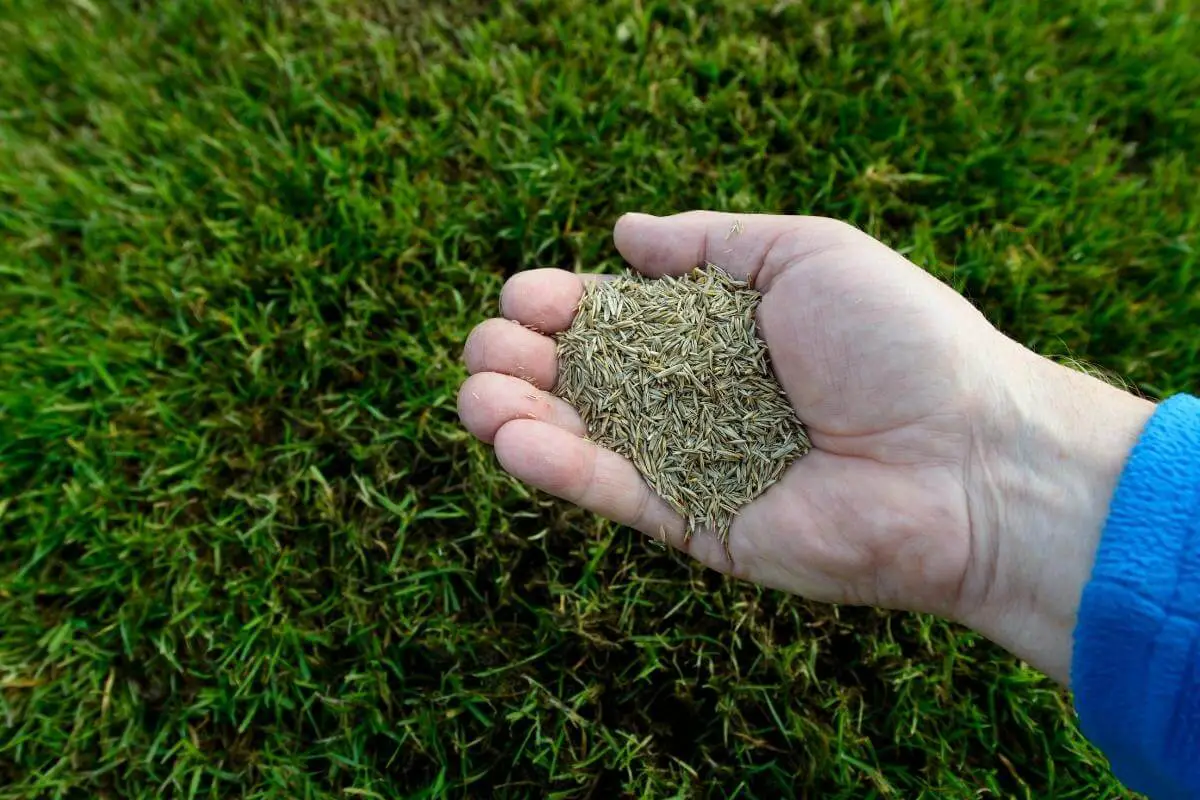



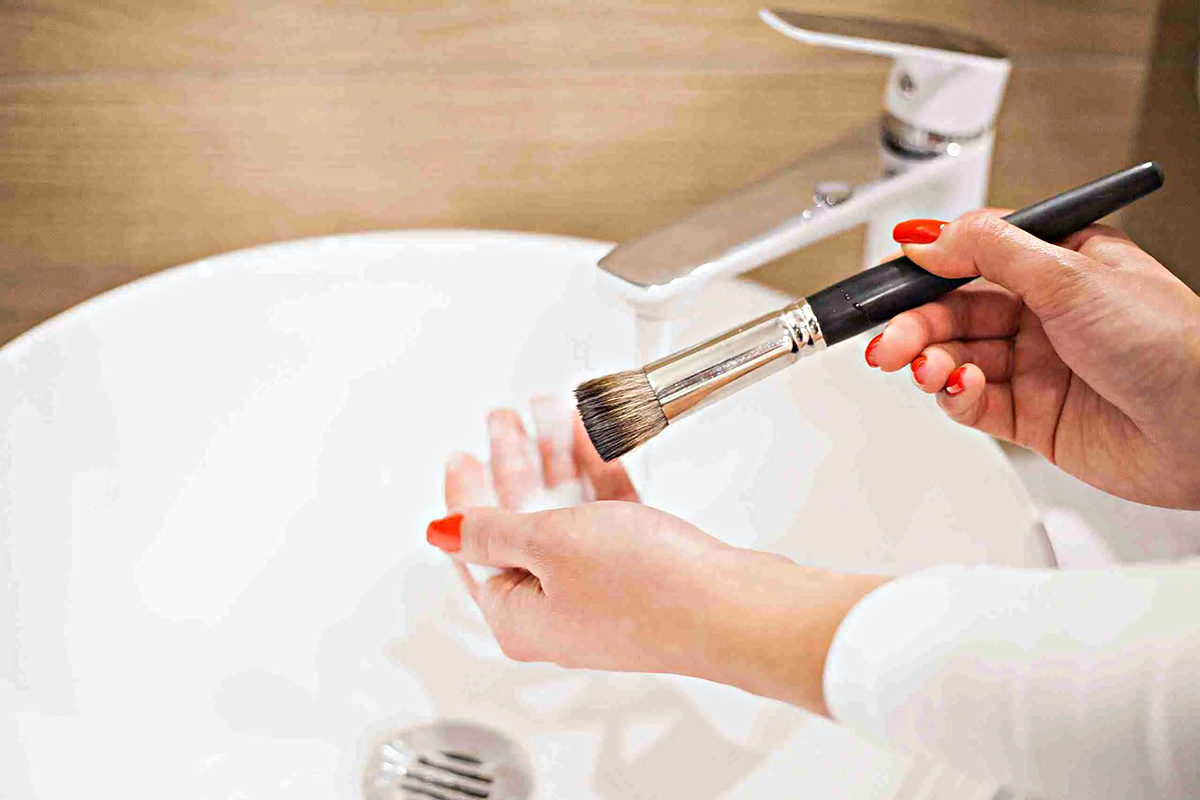

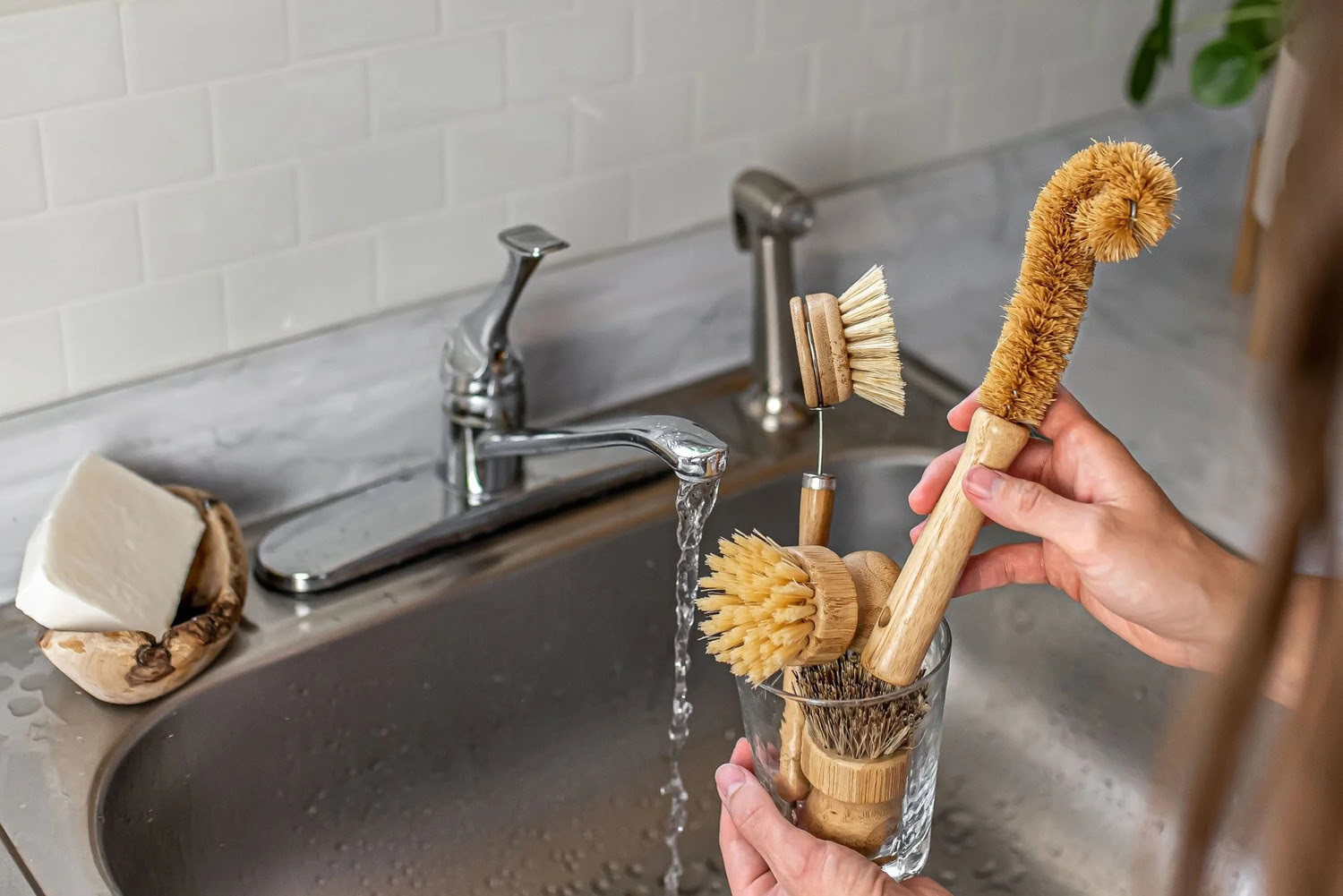
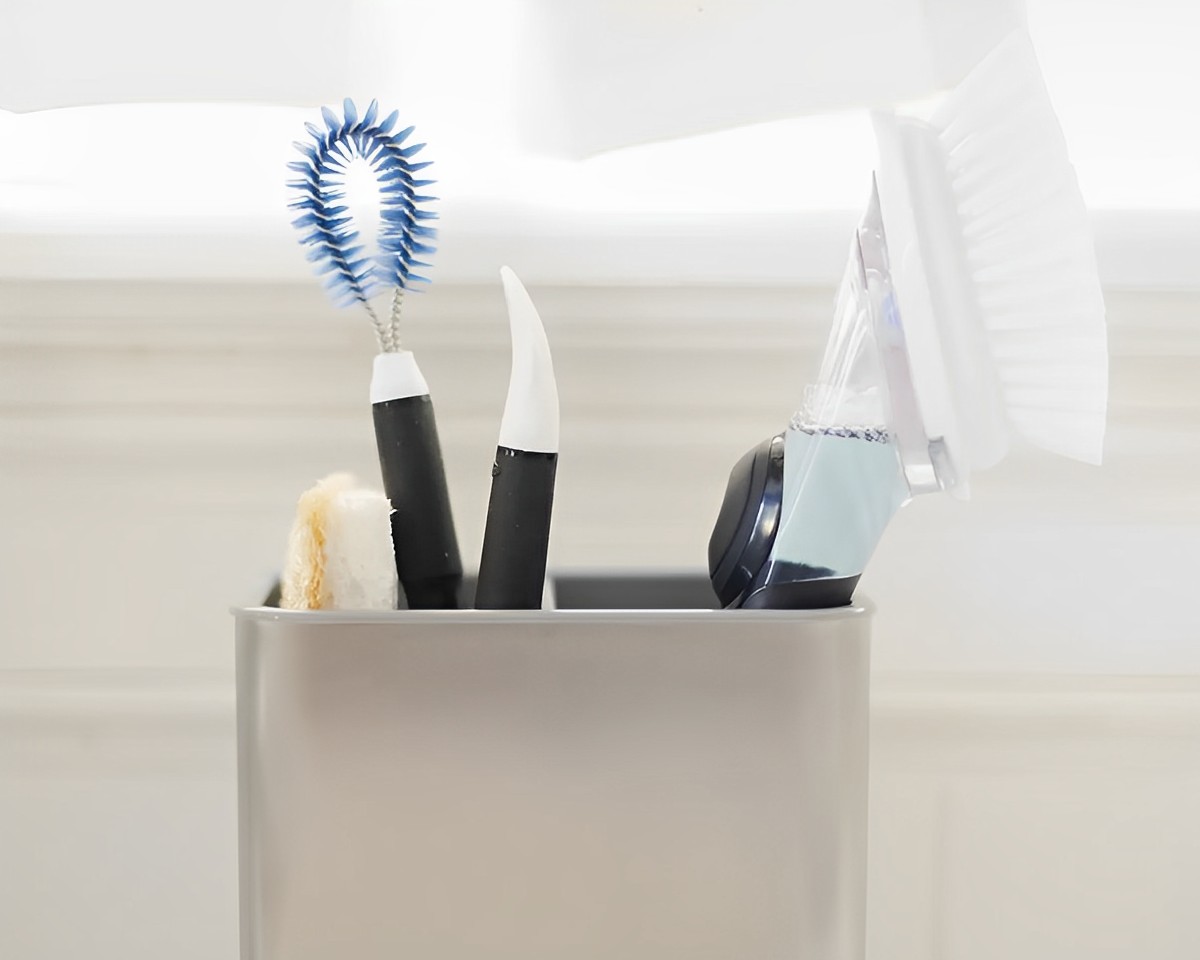
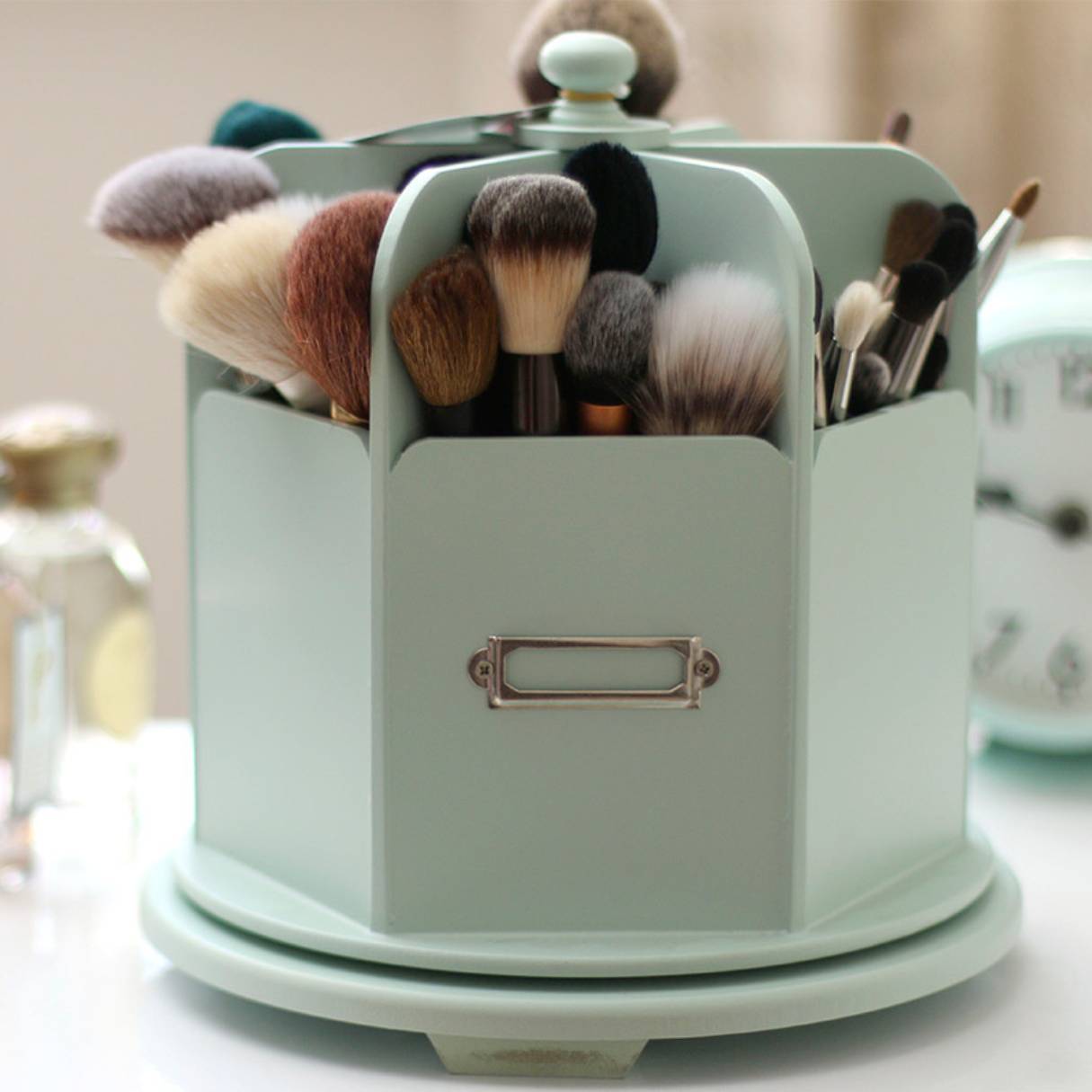

0 thoughts on “How To Store Polyurethane Brush Between Coats”